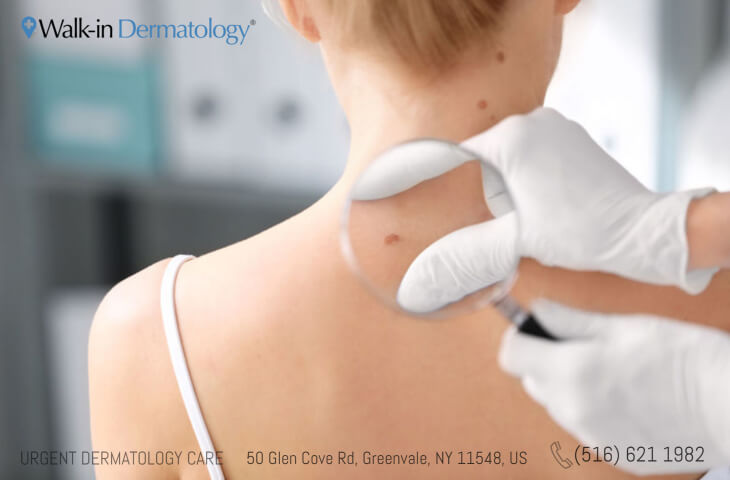Get screened for the signs of skin cancer to stay proactive about your health.
Get screened for the signs of skin cancer to stay proactive about your health.
Blog Article
Browsing Skin Cancer Treatment: The Essential Role of Mohs in Modern Dermatology Practices
Skin cancer, a complicated medical diagnosis, frequently leaves individuals grappling with various treatment choices. Among these, Mohs surgical treatment stands as a sign in modern-day dermatology, renowned for its careful method to cancer cells elimination and conservation of bordering healthy and balanced tissue. This ingenious technique guarantees not only exceptional cosmetic results but additionally offers prompt results, easing patient anxiety. As we explore the complexities of this treatment, one will value its critical role in skin cancer cells therapy.
Comprehending Skin Cancer Cells: Kinds and Risks
There are 3 main types of skin cancer cells: Basic cell carcinoma, Squamous cell cancer, and Cancer malignancy. It accounts for only about 1% of skin cancer cells cases yet creates the huge majority of skin cancer cells fatalities. Threat elements include fair skin, background of sunburn, too much sunlight exposure, living at high altitudes or close to the equator, having several moles, a family members history of skin cancer cells, and compromised immune system.
What Is Mohs Surgical procedure and How It's Changing Skin Cancer Cells Therapy
Despite the many treatments presently readily available for skin cancer, Mohs surgical procedure stands out as a groundbreaking and highly efficient remedy. Named after Frederic E. Mohs, the medical professional who established the treatment, Mohs surgery is a precise medical method used to deal with skin cancer. This level of accuracy, integrated with the capacity to spare as much healthy tissue as possible, is revolutionizing skin cancer cells treatment.
The Advantages of Mohs Surgery Over Conventional Skin Cancer Therapies
Building on the ingenious nature of Mohs surgical procedure, it's vital to consider its numerous advantages over standard skin cancer cells treatments. Unlike common treatments, Mohs offers a higher treatment price, frequently getting to 99% for new directory therapies and 94% for persistent cancers cells. In addition, it minimizes damage to healthy skin, leading to less scarring and boosted aesthetic end results.
The Procedure of Mohs Surgery: What to Expect During the Process

Potential Negative Effects and Post-Operative Treatment of Mohs Surgical Treatment
Undertaking Mohs surgical treatment, like any kind of other surgical treatment, involves prospective side results that clients must understand. Common negative effects consist of discomfort, bruising, and swelling at the surgical treatment website. These are generally short-term and workable with non-prescription discomfort medication and ice packs. In rare situations, individuals might experience infection, blood loss, or a sensitive response to the local anesthetic. Post-operative treatment is important to recovery and decreasing adverse effects. This generally includes keeping the wound clean and dry, taking proposed medicines, and preventing laborious tasks. People need to additionally attend all follow-up appointments for wound care and monitoring. In many cases, additional treatments may be required to guarantee total removal of the cancerous cells. Adhering to these post-operative care guidelines can greatly enhance recovery and outcomes.
Final thought

Report this page